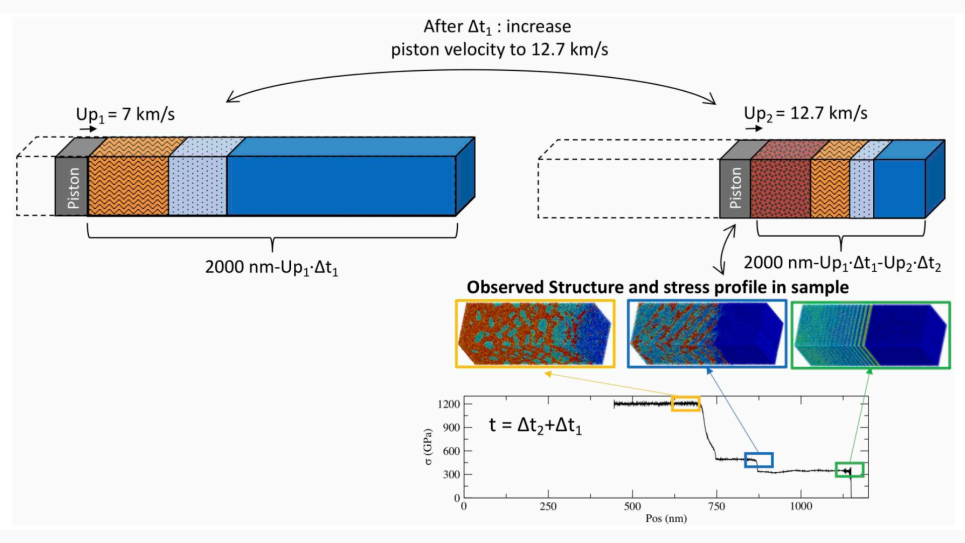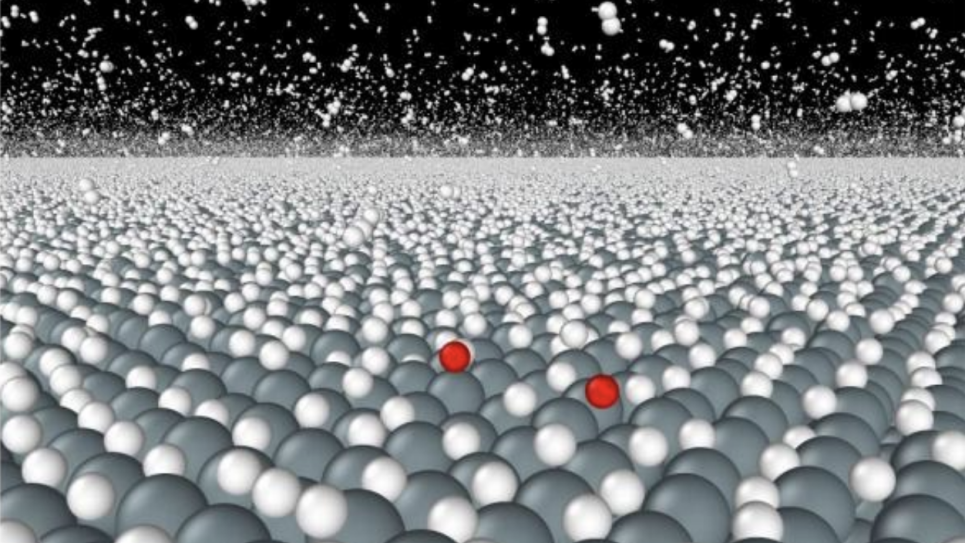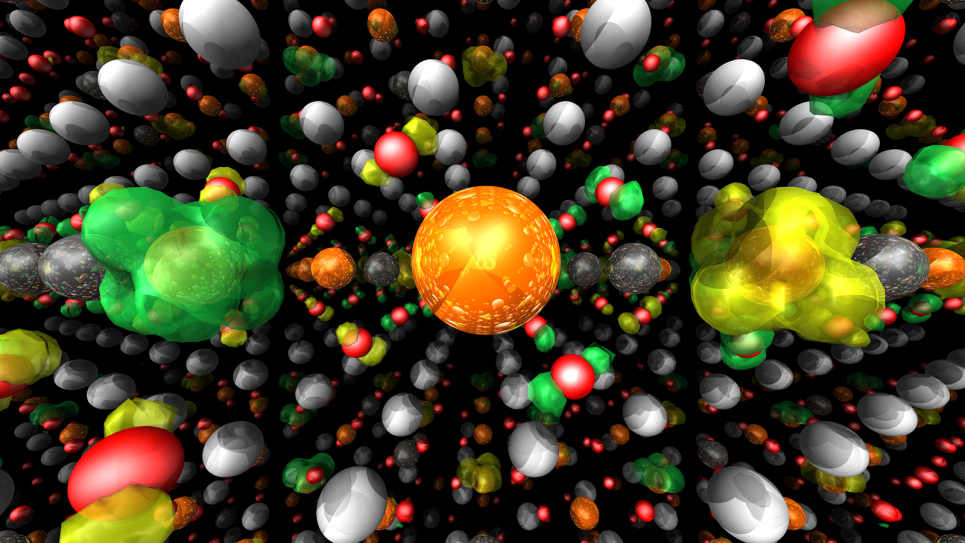The leadership-class computing resources provided by the INCITE program will be used for the multiscale modeling of charge transport processes in materials relevant to fuel cell and battery technologies. Computational modeling of such systems seeks to address the poorly understood ion conduction mechanisms in fuel cell membranes and electrode-electrolyte interfaces in batteries. Both systems carry unique challenges that will be addressed by developing methods that are both systematic across several length scales and predictive for materials design. Atomistic-scale simulations of materials will be connected via a multiscalebridge to coarse-grained models to understand the transport of water and ions in polymer electrolyte membranes with irregular morphology and Li-ion batteries under applied potentials. This approach can significantly impact the chemistry and materials science communities by providing multiscale methods, as well as tools for the design of next-generation fuel cells and batteries.
Ion conduction in fuel cell membranes will focus on the proton transport properties of polymer electrolyte membranes, such as DuPont’s Nafion. Due to the amorphous nature of these materials and the complex H-bond rearrangement that coincides with the transport of protons and hydroxide ions, multiple time and length scales are necessary to properly understand the diffusion properties through these porous media. The results of large-scale, all-atom simulations will be used to systematically and rigorously develop coarse-grained models for use in larger-scaled simulations to investigate domain formation and its coupling to diffusion processes through these membrane materials. Secondly, the molecular mechanism for charge transport at electrode interfaces will be investigated during the charging/discharging process in Li-ion batteries. The methodology will address the ion conductivity at the electrode interface with the inclusion of solvation dynamics, applied electric fields, and heterogeneous environment of the solid electrolyte interphase. This work meets the challenges of modeling energy storage materials at the mesoscale by rigorously connecting atomistic detail to macroscopic transport properties through accessing the large lengthand time scales in complex condensed phase environments that affect ion transport.


